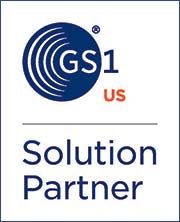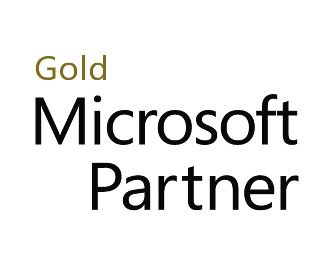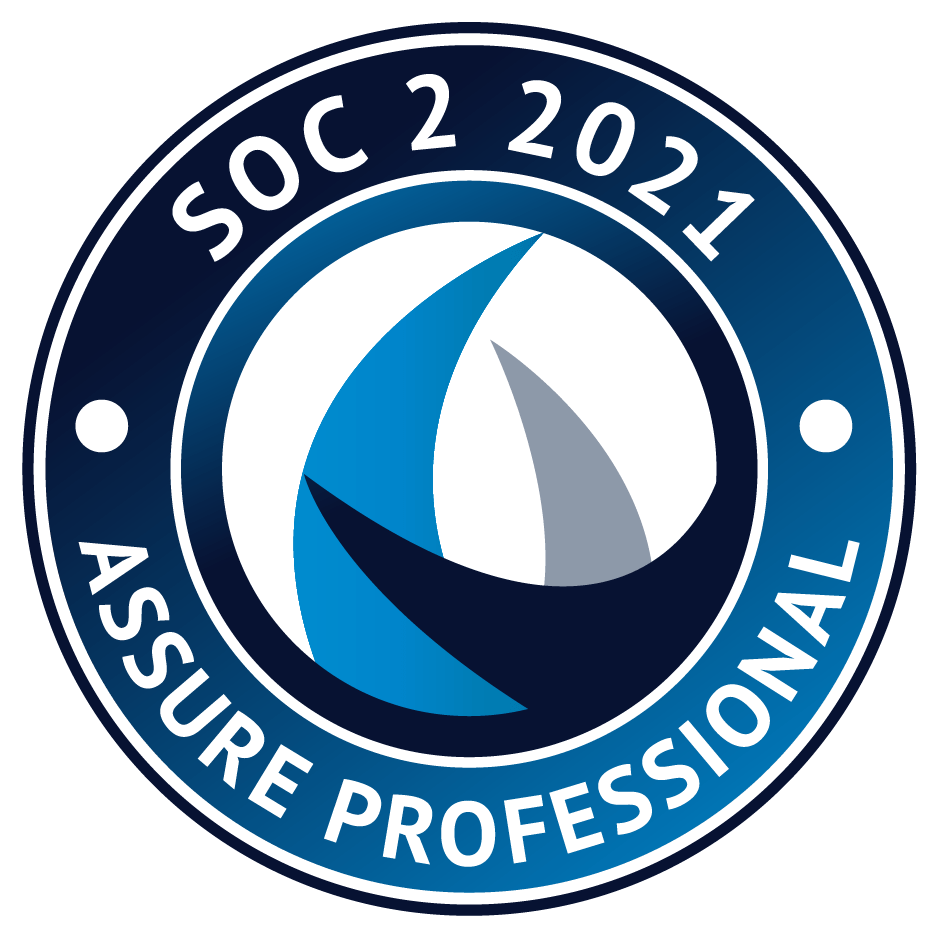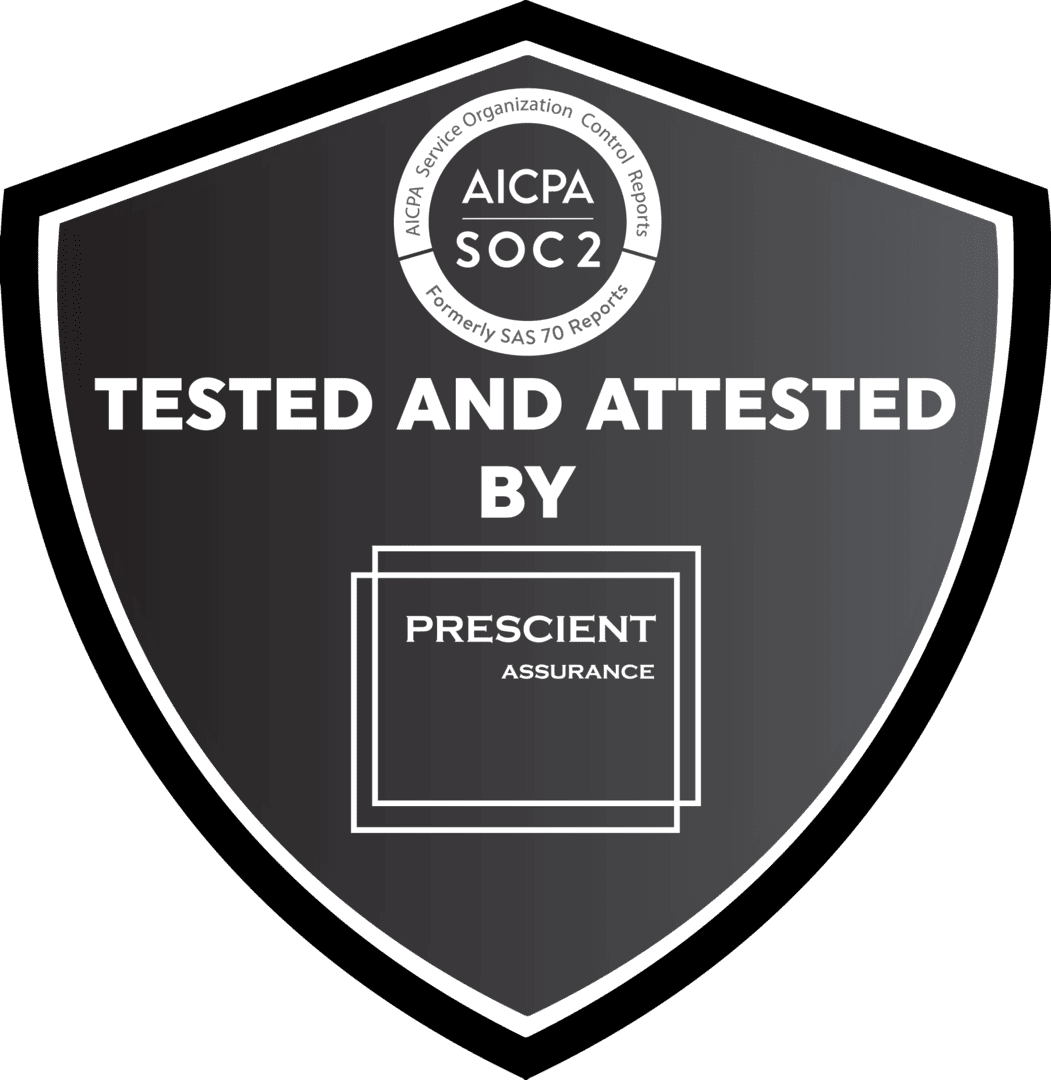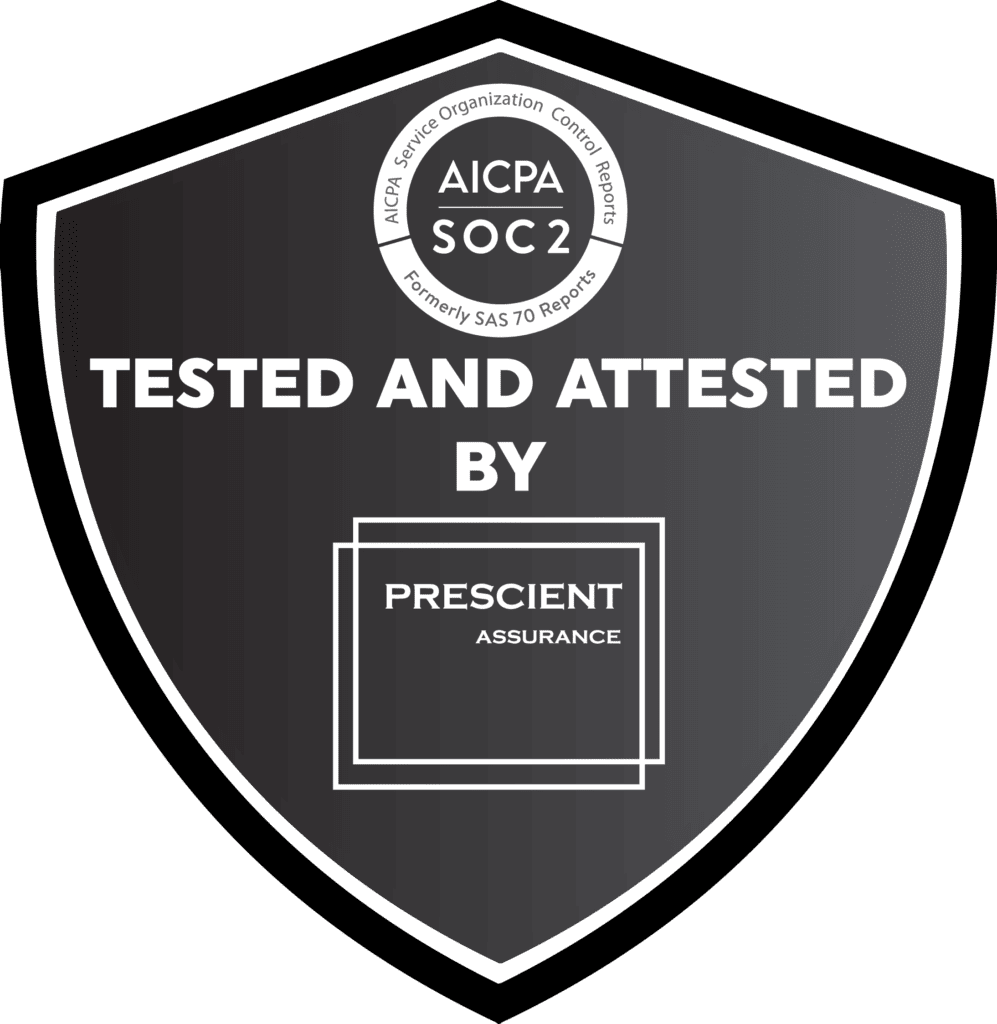Our newest blog on Food Traceability is part of a series of blogs from Tejas Bhatt, one of our guest speakers at our Food Traceability Summit that is taking place on August 19th. The original source is from “A Guidance Document on The Best Practices in Food Traceability, Comprehensive Reviews in Food Science and Food Safety, Vol. 13, pp. 1074-1103 by Jianrong Zhang and Tejas Bhatt”. We are breaking down the document into different blogs leading up to the event.
Food traceability is a cornerstone of the increasingly complex, industrialized, and global food system. Food traceability is useful for producers and manufacturers to track items for supply-chain management purposes and for clients; and in the event of a recall, traceability is critical to protecting consumer health, especially when large quantities of contaminated products are distributed across widespread markets. Food traceability is about more than recalls. Being able to ascertain the origin of products and their attributes from the farm through food processing and to retail and food service and into the home is growing in importance. Increasingly, public health concerns are demanding traceability. But economic competition, which will reward those who can more effectively and reliably track and trace a product back and forth through each step of the chain, will drive it.
Food production is at a historical high, compounding the issues surrounding traceability. The top 20 agricultural products sold in the United States involve the production of 692 million metric tons of food. The top 20 agricultural products globally involve the production of 6.76 billion metric tons of food. This food is needed to sustain the estimated 7 billion people living today. However, it can also be a carrier for foodborne illnesses. In the United States alone, an estimated 48 million cases of foodborne illnesses occur each year and result in 3,000 deaths and 128,000 hospitalizations According to the Centers for Disease Control and Prevention’s (CDC) annual foodborne illness progress report, there has been no change in case rates attributed to Escherichia coli O157, Listeria, Salmonella, or Yersinia during the period of 2006 to 2008; a 75% increase in Vibrio cases and a 13% increase in Campylobacter cases (CDC 2014b).
Education, rapid analytical testing, advancing scientific methods, advances in regulatory oversight, and Hazard Analysis and Critical Control Points (HACCP) food safety management systems have all been vital to curbing outbreaks and reducing illness outbreaks, but foodborne illnesses till occur (as noted above). Effective and rapid traceability is a key to minimizing occurrence of foodborne illnesses. A coordinated and quickly responsive global traceability system is a crucial component of an integrated food supply chain that achieves the foodborne illness reduction goals we all desire. Several regulatory agencies around the world are actively involved in rulemaking to improve the traceability of foods.
Given the complexity of the global food system, the development of regulations and guidance to improve traceability practices across the entire food industry is a challenge. There is a need for standardized and harmonized requirements across all food sectors compared with developing specialized rules and mandates, including exceptions, for specific foods.
On the one hand, standardization would provide regulators the opportunity to resolve outbreak-related trace-back investigations emergency with much greater efficiency and effectiveness than possible today. On the other hand, industry stakeholders, however, need sufficient flexibility that allows them to adapt traceability requirements to specific foods and business operations. The challenge being faced today is the gap between regulatory requirements and the feasibility of industry implementation.
Several regulatory and industry initiatives have proposed frameworks for resolving this challenge. Most traceability initiatives led by the industry and industry associations for developing traceability guidance documents focus on their specific food-product categories. Only a handful of organizations has evaluated traceability approaches that could be applicable across the entire food industry. The 2012 pilots conducted by the U.S. Food and Drug Administration (U.S. FDA) proposed such a framework, using the concept of Critical Tracking Events (CTEs) and Key Data Elements (KDEs). However, since the focus of these pilots was on 2 specific food-product categories (fresh tomatoes and processed foods), the applicability of the CTE/KDE framework to other food sectors has remained undetermined.
This document presents food traceability best practices guidance, and addresses the unknowns and gaps in understanding and broad applicability of a CTE–KDE framework. This document does so by first updating the original CTE-KDE framework, defined by the Institute of Food Technologists (IFT), to allow it to be more readily applicable across different food sectors (since the original study only focused on tomatoes and a processed food with peanuts, spices, and chicken).Then, it attempts to apply this updated framework to each of the following 6 food sectors: bakery, dairy, meat and poultry, processed foods, produce, and seafood. An analysis of similarities and differences in applying the updated framework across these 6 food sectors was conducted to determine applicability to other food categories/types.
The intended user of this document is national and international regulatory agencies. Regulators may find this material useful in developing regulations and/or guidance applicable to most foods. Industry-affiliated stakeholders will also find this guidance valuable. It is recognized that the food industry seeks the minimum criteria that are necessary to manage a proper food traceability system, with the understanding that companies can choose to exceed the minimum level of criteria established. Although this best practices guidance document is not a regulation, this document is intended to serve as a step toward consistent baseline requirements for food traceability.
Food traceability system within a supply chain
Implementing a traceability system within a supply chain requires all parties involved to link the physical flow of products with the flow of information about them. Adopting uniform industry requirements for traceability processes ensures agreement about identification of the traceable items between parties. This supports transparency and continuity of information across the supply chain.
External traceability.
All traceable items must be uniquely identified, and the information be shared between all affected distribution channel participants (Natl. Fisheries Inst. 2011). The identification of products for the purpose of traceability may include assignment of a unique product identification or a Batch/lot number. To maintain external traceability, traceable item identification numbers must be communicated to distribution channel participants on product labels and related paper or electronic business documents. This links the physical products with the information requirements necessary for traceability.
Internal traceability
Processes must be maintained within an organization to link identities of raw materials to those of the finished goods. When one material is combined with others, and processed, reconfigured, or repacked, the new product must have its own Unique Product Identifier. The linkage must be maintained between this new product and its original material inputs (such as batters, breading, seasonings, marinades, salt, packaging materials, and many other inputs) to maintain traceability. A label showing the Lot Number of the traceable input item should remain on the packaging until that entire traceable item is depleted. This principle applies even when the traceable item is part of a larger packaging hierarchy (such as cases, pallets, or shipment containers).
Internal and external traceability.
Farm to fork traceability requires that the processes of internal and external traceability be effectively conducted. Each traceability partner should be able to identify the direct source and direct recipient of traceable items as they pertain to their process. The implication is not that every supply-chain participant knows all the data related to traceability, but rather show proof that relevant members/partners in the supply chain have done their jobs and that information can be accessed if needed. This requires application of the one-step forward–one-step-back principle and, further, that distribution channel participants collect, record, store, and share minimum pieces of information for traceability, as described below. To have an effective traceability system across the supply chain:
-Any item that needs to be traced forward or backward should be identified with a globally unique identifier.
-All food chain participants should implement both internal and external traceability practices.
-Implementation of internal traceability should ensure that the necessary linkages between material inputs and finished product outputs are maintained.
Important considerations for an effective food traceability system include:
-Trading partners (farm input suppliers, farms, harvest locations or vessels, suppliers, internal transactions within a company, customers, and 3rd-party carriers).
-Product and processing locations (any physical location such as a hatchery, cultivation site or pond, farm, vessel, dock, buying station, warehouse, packing line, storage facility, receiving dock, or a store).
-The products that a company uses or creates.
-The logistic units that a company receives or ships.
-Inbound and outbound shipments.
-Date and time metrics as appropriate.
Essential information must be collected, recorded, and shared to ensure at least one-step-forward?one-step-back traceability. Best practices in food traceability. This best practice is applicable to companies of any size, degree of sophistication, or location.
Identification is critical to a successful traceability program. Usually this is accomplished by labels and any number of technologies can be employed for labeling, including simple handwritten labels and more sophisticated radio frequency identification (RFID in food traceability)- based technologies. However, barcoding remains the most common industry best practice for packaging hierarchies for shipping logistical units (such as cases, pallets, shipment containers, consumer items, and others). The barcode should at least contain the product identification number.
Businesses are encouraged to adopt electronic messaging protocols to facilitate the exchange of essential business information using unit identification as a connector between goods and information flow. Businesses are also encouraged to adopt standardized interfaces (protocols for two-way communication) for sharing essential traceability event information within a network, thereby allowing reduction of the substantial size of data transmission along the supply chain.
Traceability processes are only as good as the weakest link. Therefore, it is important for everyone in the supply chain to understand the value of collecting and maintaining product information that supports, at the very least, one-step-forward?one step-back traceability. The best practices for maintaining traceability for suppliers, retailers, processors, wholesalers, distributors, and, when possible, food service operators, are to capture agreed upon traceability information, at critical traceability events, and make the data available via a virtual traceability network using either a 3rd-party solution provider or a company’s own databases with standardized web service interfaces and messages.
Product barcodes can be scanned or read as an item or container enters or is shipped out of a distribution center, as it is received at a retail store or a food service operation, or as it is opened for processing or consumer display, each of which is an IFT-defined CTE.
The main difference of barcoding compared with electronic messaging is the possibility of decentralizing data storage in combination with a search engine (or discovery service), and use of a Unique Product Identification key, barcoded or printed on the product itself, which may be used to access lot-based traceability data and product master data.
It is difficult to print the increasing amount of relevant data on the product package in human readable form. A unique production unit key (such as Global Trade Item Number [GTIN] plus a lot number) allows for accessing the data within a web application, for example. Electronic messaging technology enables all supply chain partners to store relevant data within their own databases and provide the data to trusted partners or government authorities on request.
Don’t forgot to join us for our 2015 Food Summit Traceability Summit on August 19th. To learn more contact us.

